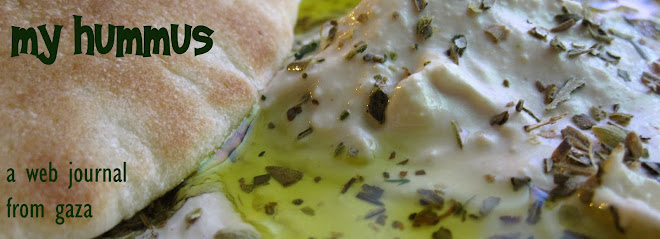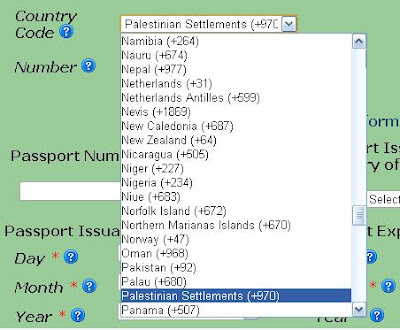My movement restrictions these days impede me from prancing around Gaza, but others can- so I'm living vicariously through them. I claim no credit to the lovely pictures below taken by my friend Patricia. Today they went on an exciting tour of Gaza, on the hunt for mosaics, roman ruins and other goodies.
The romans pretty much made their mark as far as they possible could, and Gaza wasn't left out. Unfortunately, due to bigger priorities-- Gaza's ruins and antiques aren't protected under glass and kept in perfect temperatures, but there are still a few items left preserved.
Below, the image of the tomb (or the monsatery- not clear) of Saint Hilarion. He was born south of Gaza and spent most of his life as an anchorite (withdraws from secular society for prayer). After reading a bit more about St. Hilarion-- I do wish I could go and visit this place myself!
St. Hilarion was "beset by carnal thoughts"- hence decided to go on a wild diet that sounds excruciating- no wonder he started seeing deamons. He kept a
close diary of his diet which included:
"from 20-23: half a pint of lentils moistened with cold water
23-27: dry bread with salt and water
27-30: wild herbs and roots
31-35: six ounces of barley bread, and boiled vegetables without oil
After that, he suffered from signs of malnutrition, his eyesight grew poor, his body shrivelled and he developed dry mange and scabs, so he had to slightly modify his diet.
35-63: six ounces of barley bread, and boiled vegetables with oil
63-80: six ounces of water, boiled vegetables with oil and a broth made from flour and crushed herbs, taken after sunset"

A baptismal bath?

The gatekeeper, a 90 year old sweet woman who carries the key to this magical place.

Gaza's warm climate is bringing up beautiful bright flowers as others die due to lack of water.

Last but not least the fabulous Byzantine mosaic still preserved. It is kept covered with a clot and sand over it to reduce the damage, though you can see the little mosaic pieces falling off in the corners. Some interesting details
at this link. I have never appreciated 'seasonal' fruit. Things seemed to be available year round growing up in Colombia. Or if they are seasonal, our messed up unsustainable planting systems are now making things available year round.
I have never appreciated 'seasonal' fruit. Things seemed to be available year round growing up in Colombia. Or if they are seasonal, our messed up unsustainable planting systems are now making things available year round. 




 Eat the Makdous with a fresh pita bread. Break off a piece of the bread and grab a piece of the tender wondrous delight.
Eat the Makdous with a fresh pita bread. Break off a piece of the bread and grab a piece of the tender wondrous delight. 
 This is not a nomenclature debate- nor a tricky wording issue. This is wrong.
This is not a nomenclature debate- nor a tricky wording issue. This is wrong.




 But the bigger and better idea is to make these sort of cinder blocks out of rubble. The only problem-- it needs a lot of cement. Enough was allowed in to re-pave one road- it looks great, but it seems to be at a standstill at this point.
But the bigger and better idea is to make these sort of cinder blocks out of rubble. The only problem-- it needs a lot of cement. Enough was allowed in to re-pave one road- it looks great, but it seems to be at a standstill at this point.



 A baptismal bath?
A baptismal bath?


